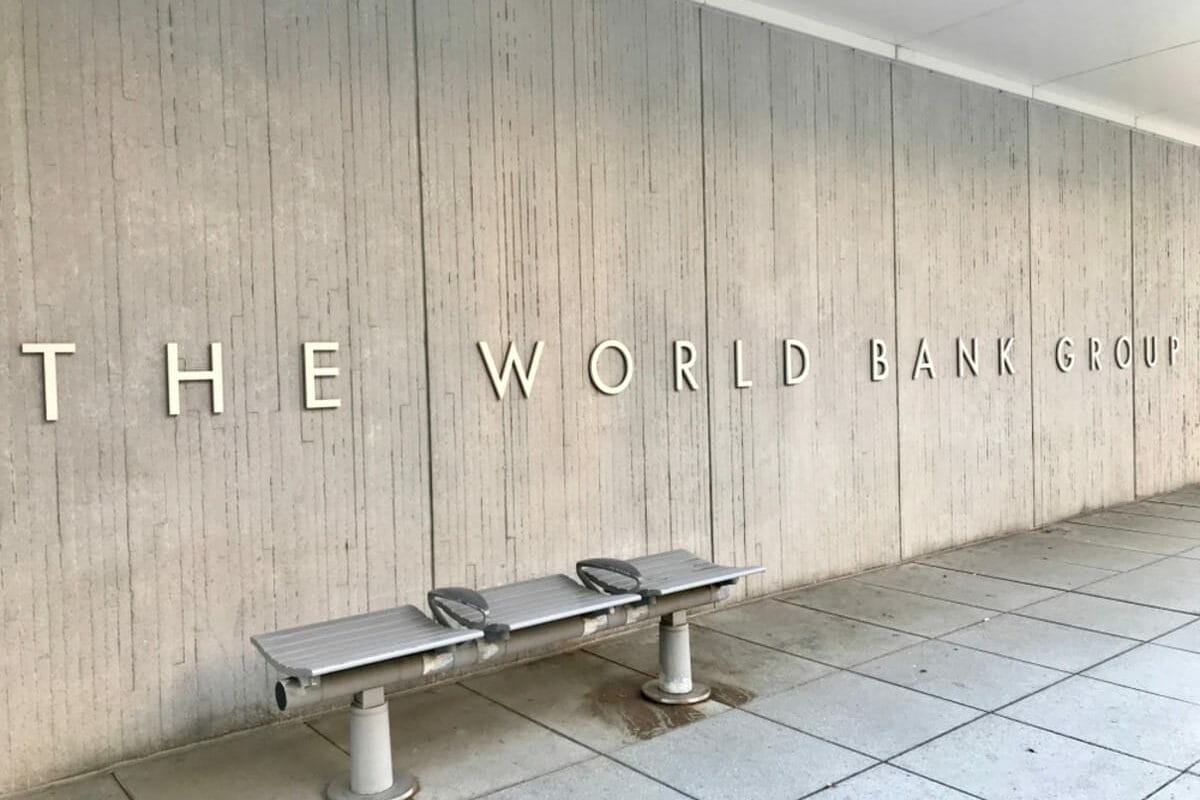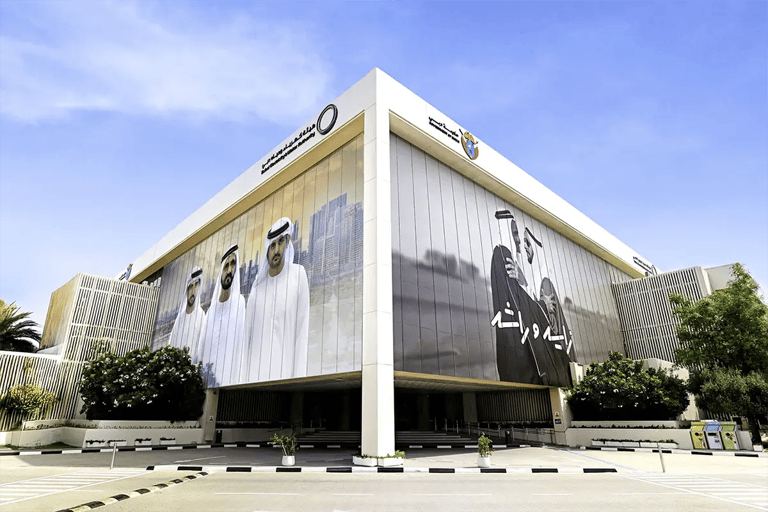The Middle East and North Africa (MENA) region is estimated to have grown at a modest 1.9 percent in 2024, and growth is forecast to moderately rise to 2.6 percent in 2025 and 3.7 percent in 2026. According to the World Bank’s latest MENA Economic Update, these forecasts are shrouded in uncertainty, given the potential impacts of changing trade dynamics on global growth, inflation and oil markets.
Member countries of the GCC are forecast to grow by 3.2 percent, developing oil exporters by 0.8 percent, and developing oil importers by 3.4 percent. In 2026, real GDP is projected to grow by 4.5 percent among GCC economies, by 2.4 percent among developing oil exporters, and by 3.7 percent among developing oil importers.
Lower oil prices raise slowdown risks for oil exporters
The region’s oil exporters are expected to benefit from a gradual increase in oil production, while oil importers may gain from strong private consumption and easing inflation. However, global policy uncertainty, subdued global demand, volatility in oil markets and fragility pose risks to the projected pickup in the region’s economic activity.
As of April 10, 2025, futures markets indicate that Brent crude oil prices are expected to remain low over the next two years, with contracts trading at $62.5 per barrel for delivery in December 2026. This is a relatively sharp drop from expectations during the previous year. The same futures contracts for delivery in December 2026 were trading at $74.6 per barrel in April 2024 and at $70.7 per barrel in January 2025.
Lower global demand may reduce oil export revenues, adding pressure on oil exporters’ fiscal and external accounts. Meanwhile, oil importers may benefit from lower oil prices. However, a fall in remittances, along with worsening consumer confidence and investor sentiment, can lead to capital outflows, thereby straining their external balances. Conflict has undermined economic progress and growth across the MENA region.
Growth in oil-importing economies is also expected to pick up. In Egypt, GDP growth is forecast to increase from 2.4 percent in FY 2024 to 3.8 percent in FY 2025, driven by strong private consumption as inflation eases. A rebound in the agricultural sector in 2025 is also expected to sustain growth at 3.4 percent and 1.9 percent in Morocco and Tunisia, respectively, under the assumption of improving rainfall.
Inflation to stabilize at 2.4 percent in 2025
In 2024, inflationary pressures continued to moderate in the region, tracking inflation trends in the rest of the world. The median rate of inflation in MENA fell from 3.4 percent in 2023 to 2.2 percent in 2024.
As of April 8, the World Bank expects inflation to stabilize at 2.4 percent in 2025. These forecasts, however, are also affected by the increased uncertainty surrounding changing global trade dynamics.
Among MENA oil importers, the median rate of inflation decreased from 6 percent in 2023 to 4.6 percent in 2024, helping boost domestic demand. For 2025, the forecast is almost a percentage point lower at 3.6 percent.
Inflationary pressures have also been receding in MENA oil exporters. Among developing oil exporters, the deceleration was especially strong in Algeria, where inflation decreased from 9.3 percent in 2023 to 4.0 percent in 2024. In GCC economies, inflation expectations remain contained, with projections hovering at 2 percent.
Read: IMF raises Egypt’s growth forecast to 3.8 percent for 2025, 4.3 percent next year
MENA private sector’s role in driving growth
The World Bank’s latest report explores the critical role of the private sector in driving growth, creating jobs and spurring innovation. Stronger growth in the region has been held back by the absence of a thriving private sector.
The report finds that most of the private sector in MENA is not dynamic. Labor market productivity has been largely declining across many countries in the region. Few firms invest and innovate. There is little firm entry into and exit from markets. Moreover, a divide persists between a small formal sector and a large informal sector in terms of productivity. Furthermore, few women participate in the private sector.
“The region has long underused human capital. Women are largely left out of the labor market. Businesses can find more talent by attracting women leaders, who in turn will hire more women. Closing the gender employment gap could substantially boost income per capita by around 50 percent in a typical MENA economy,” stated Ousmane Dione, World Bank vice president for MENA.
Both governments and businesses play complementary roles in developing a more dynamic private sector. Governments in the region can boost the performance of firms by promoting competition in markets, improving the business environment and investing in data collection and access.
“A dynamic private sector is essential to unlocking sustainable growth and prosperity in the region. To realize this potential, governments across the region must embrace their role as stewards of competitive markets,” added Roberta Gatti, World Bank chief economist for MENA.








